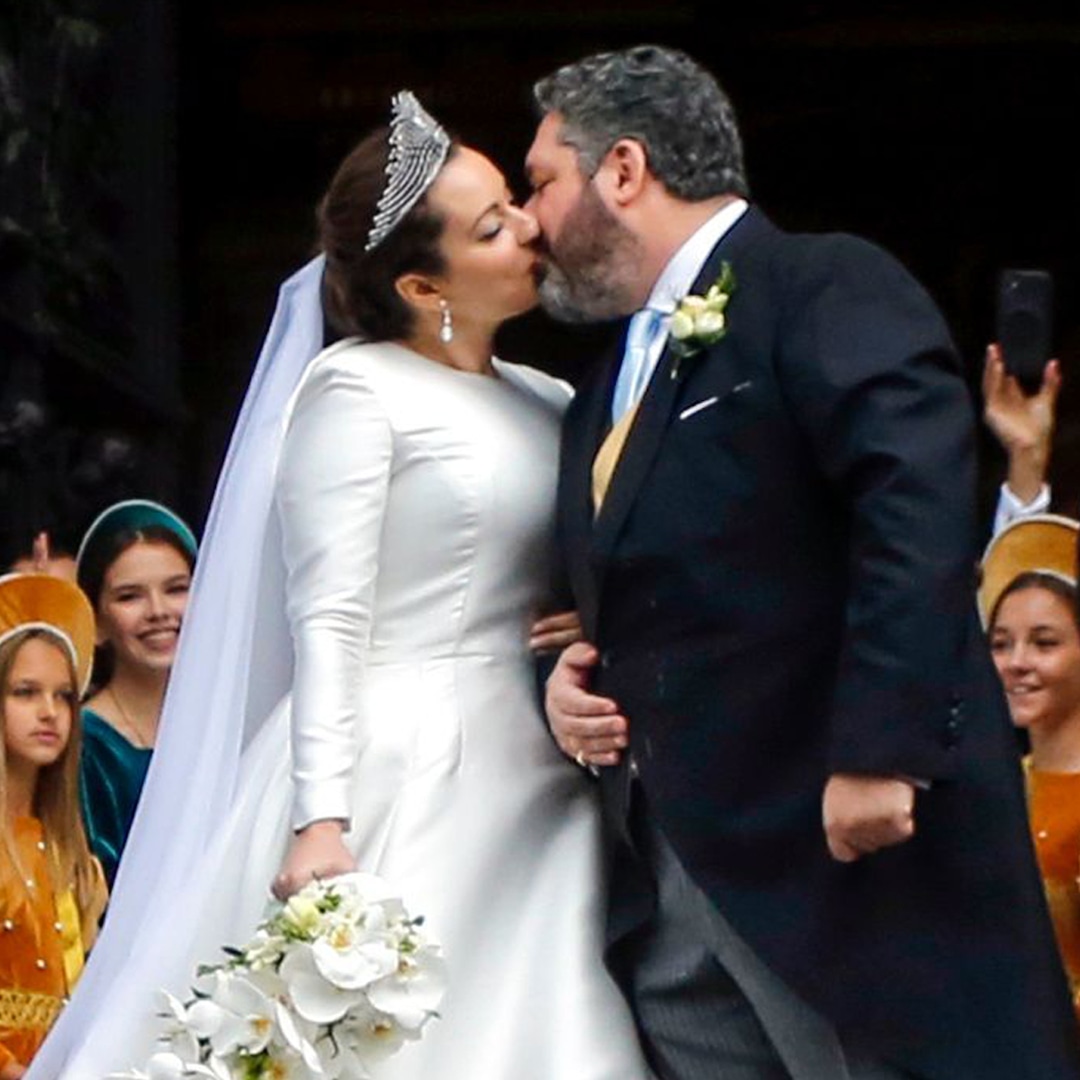
But into that tinderbox of discontent stepped his eldest son, Nicholas II, who became the last-ever tsar of Russia in 1894.
On a happier note, that same year he married German-born Princess Alix of Hesse and by Rhine, one of Queen Victoria of the United Kingdom‘s 42 grandchildren. The future Empress Consort Alexandra Feodorovna was 12 when she met 16-year-old Nicholas II, a nephew of the groom, at her big sister Ella‘s wedding to Grand Duke Sergei Alexandrovich. When “sweet little Alix,” as the future tsar referred to her in his diary, visited her sister in Russia six years later, the the courtship began, enthusiastically championed by Ella and Sergei.
“It is my dream to one day marry Alix H,” Nicholas II wrote in his diary. “I have loved her for a long time, but more deeply and strongly since 1889 when she spent six weeks in Petersburg. For a long time, I have resisted my feeling that my dearest dream will come true.”
Queen Victoria liked her granddaughter’s future husband as a person but didn’t approve of the match, writing in a letter after they got engaged, “The more I think of sweet Alicky’s marriage the more unhappy I am. Not as to the personality for I like him very much but on account of the country and the awful insecurity to which that poor child will be exposed.”
Books upon books have been written about the political turmoil of that time in Russia alone, let alone the rest of Europe, and through it all Nicholas II committed the fatal move of wanting to hang onto the old ways—a.k.a. autocratic rule—and not reading the temperature of the room. Which was soon blazing as World War I began in 1914.
Wildly unpopular, Nicholas II abdicated in March 1917, drawing up a plan of succession to have brother Grand Duke Michael become the next emperor. But the provisional government, formed as a compromise by the Duma, who wanted to keep the status quo, and the Marxists of the Petrograd Soviets, who wanted to install a republic, refused to implement it. After spending a few days as Emperor Michael II, Misha (as he was familiarly known) signed his own abdication papers, stating that he’d only assume the position if the people decided at the ballot box that the monarchy should continue.
And that was that for the 304-year reign of the Romanovs and the Russian crown.
Be the first to comment